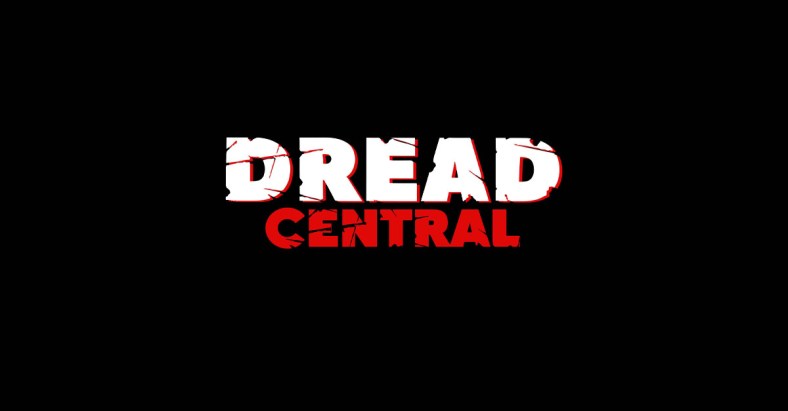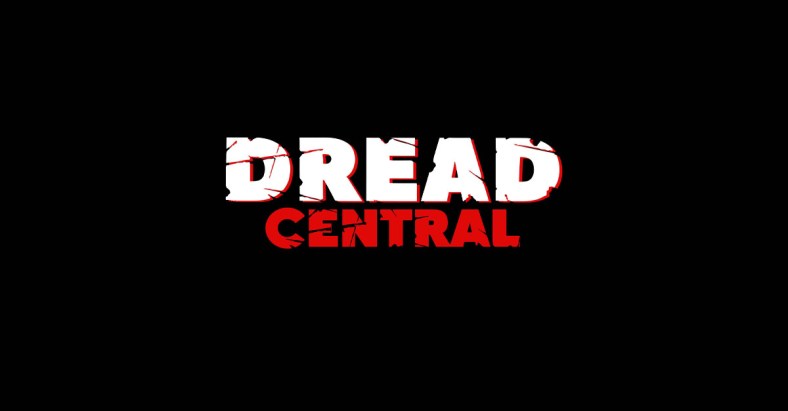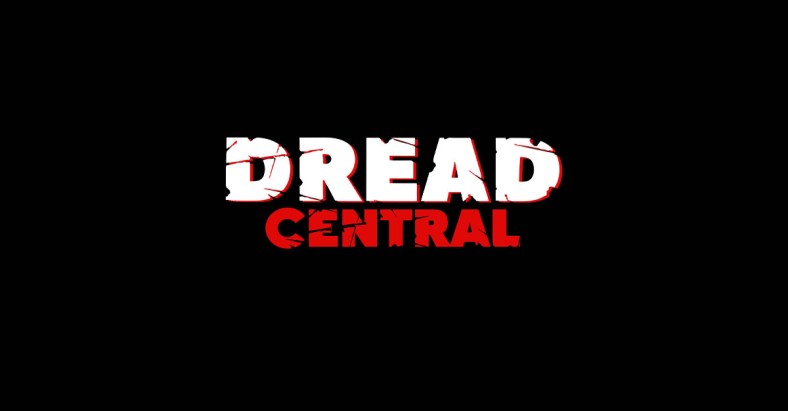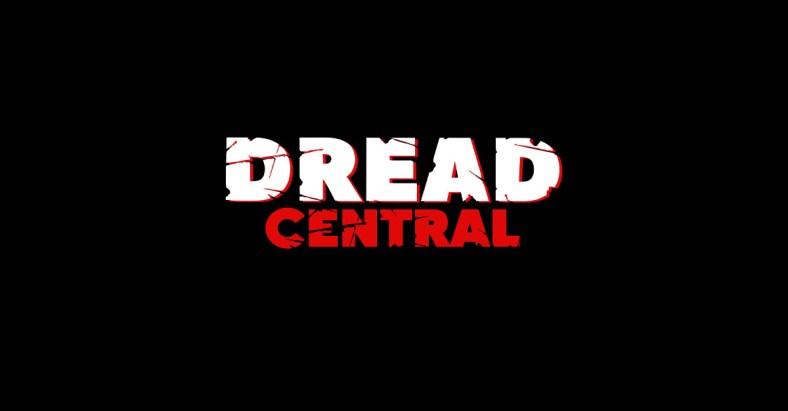MESSIAH OF EVIL: A Criminally Overlooked Piece of 1970s Strangeness

The 1970s: A decade of atmosphere-heavy satanic strangeness that brought renowned classics and underseen gems alike. Unfortunately, many great, genuinely creepy flicks got lost in the mix, though a lot have since developed their rightful cult followings. Others still haven’t quite found their audience despite how worthy of impassioned fandom they may be.
One particular film, a little-known piece of atmospheric vampire gold titled Messiah Of Evil hasn’t even built up the signs of a cult following, which is an upsetting fact for those who know and treasure it. This surreal, coastal-set tale of the undead isn’t merely underrated, it’s perhaps the most criminally underseen 70s horror in existence. It’s an unshakably creepy exercise in moody horror. An experimental exhibition of just the right weirdness. It’s your textbook “town where people are acting strange” eerie terror. Messiah Of Evil should be an inspiration to any horror filmmaker aiming to evoke a feeling of something dreadful to come, in addition to finally receiving its credit for being among the best atmospheric horrors of all time.
Synopsis:
A young woman goes to look for her missing father. Her trip takes her to a strange California coastal city ruled by a mysterious cult of the walking dead.
The film follows Arletty (Marianna Hill) a young woman in search of her missing artist father. She heads to the coastal town of Point Dume, California, where she finds his abandoned beach house. He left behind his diary, which addresses Arletty specifically. Within it he mentions that she should never search for him. He rants about a “darkness consuming the town,” and nightmares that torture him. His writings instruct her to visit the art gallery where his paintings are sold and speak with the owner.
Arletty converses with the gallery owner, a peculiar and uninviting man, who claims to not sell any of her father’s paintings. He shares that nobody looks for her father’s work, and he has no idea of his whereabouts. He does, however, mention that a group of young people recently stopped by also in search of Arletty’s father.

After learning where they’re staying, Arletty visits the group’s motel room. A Portuguese-American aristocrat, Thom (Michael Greer) and his two groupie-like friends, Toni (Joy Bang) and Laura (Anitra Ford) are sitting in their room interviewing the local drunk Charlie (Elisha Cook Jr.) Charlie’s raving about “the blood moon” and a “dark stranger.” He warns the 100th anniversary of the dark stranger’s first appearance is approaching when the moon will turn red and the town will be overtaken by evil. He tells Arletty her father is “one of them” now.
After being kicked out of their motel room, Thom and his companions stay with Arletty at her father’s home. They read further into his diary, in which he documents his body temperature being 85 degrees. He refers vaguely to his “condition.” All the while, strange locals gather around bonfires at the beach each evening and stare straight up at the moon.
Thom, who’s seemingly in intimate relationships with both Toni and Laura, begins pursuing Arletty. Despite her trepidations, she gives into Thom’s persistence. Laura, jealous of Thom’s attraction to Arletty, and Toni, just bored, head out on their individual journeys. From there the vampiric/cannibalistic madness ensues.
Willard Huyck and his late-wife Gloria Katz wrote and directed Messiah Of Evil freshly out of USC film school in 1973; a year before they penned the final screenplay for American Graffiti. It’s safe to say the latter earned more recognition and critical acclaim. In an interview entitled “Remembering Messiah of Evil,” Huyck claims the main inspiration for the movie was Italian art films – an influence that’s beautifully evident throughout the flick. It has all the artistic flare of a giallo, and an Argento-like color palette – electric blues, glowing reds, energized greens, and vibrant purples. There’s no doubt Messiah Of Evil is a visually-striking, artistically-driven film by young filmmakers paying homage to Italian horror greats. Reminiscent of European classics as it may be, the flick has a unique peculiar presence all its own, and the impressive visual aspects are outdone by the uniquely unsettling atmosphere.

Messiah Of Evil is a disturbing slow burn that can’t quite be compared to more notable films that succeed in unnerving through a carefully crafted mood and meandering towards something grim, because it truly is its own hallucinatory entity in the horror world. Sure, Rosemary’s Baby and The Wickerman capitalize on a crawling pace and unwavering sense of something strange lurking beneath the surface, but Messiah Of Evil does as well while being significantly weirder than those films in the most pleasingly frightening way. Where else are you going to witness a gargantuan Albino man carting dead people in the back of his rusted old pickup truck as he picks up a beautiful young hitchhiker and treats her to the entertaining experience of making her watch him eat a rat?
Messiah Of Evil properly differs from other “wait for the finish” horrors in that it’s thoroughly strange throughout, with no letting up on the ghoulish eccentricity – even when the bizarre antics aren’t particularly frightening. Every character’s a little off; empty, if you will, but the hollowness lends to the overall emptiness of the film itself. There isn’t a single normal relationship, and all of the relationships are truly impossible to gauge. There are only two certainties in Messiah Of Evil: Arletty’s determined to locate her father, and Thom’s sexually interested in Arletty. Aside from those pursuits, all we can really grasp is there’s something evil going on behind the scenes in Point Dume, and that darkness is soon to surface.

Although it’s paced slowly enough to stir up paranoia, Messiah of Evil isn’t short on unflinching frights, and we’re not forced to suffer much waiting between either ominous events or big scares. Huyck and Kats illustrate an impeccable balance between mood and shocks, and 2 shocks, in particular, are so memorably frightening they should be studied.
Both the grocery store and movie theater scenes are an almost unmatched level of creepy. Despite the film’s creatures being “vampires,” they exhibit a zombie appearance and movement, so we’ll go ahead and refer to them as zombies. A scene in which Laura seemingly escapes into a supermarket and is then chased down by a crew of the undead acts almost as a crash course on how to shoot a scary zombie scene. The bright asylum-like lighting of the grocery store paired with the dread of being the only thing human in a closed space as you’re hunted down is nightmarishly gripping. It isn’t over-the-top, or explicitly gruesome. The air of hopelessness is really all it takes, though one chilling shot of a vampiric squad gathered around a raw meat buffet, piggishly chowing down helps the creepiness.
The movie theater scene, for my money, is even more unforgettably terrifying than the supermarket bit, and one of the scariest scenes ever on film. Toni sits aloof in the front row staring at the big screen and munching popcorn. She gradually senses more and more people piling into the theater. Soon moviegoers plop down beside her. As she glances over at the man and woman on either side of her, she realizes they aren’t exactly human, or at least not the sort of humans she’s familiar with. They’re cold, pale, and lifeless. She stares in terror while streams of blood run from their eyes. As she stands and attempts escaping, the packed theater of ghouls close in on her. It brings to us humble viewers a special and dark feeling of suffocation, with the added optical haunt of bloody-eyed undead shuffling towards their feast of human flesh.
Gorehounds won’t find much to salivate over here, and lovers of Adderall-paced, jump scare-ridden horror may not receive their fill. Messiah Of Evil is for fans of the artsy macabre; the aura over violence crowd; those who gravitate to the plain weird and unnerving. It’s prime late-night lonely viewing that’s sure to disturb your dreams in some capacity. If you find yourself fascinated by strange little shore towns, Messiah Of Evil will catch your freaky fancy. If you like an old-school zombie romp that’s snailish, ominous, and forbidding as opposed to campy or gruesome, it’s for you. Even if you’re just a fan of old Euro-horror (that’s actually American) or gorgeously nightmarish sets, you’ll find something to enjoy.
Messiah Of Evil is a rare blend of moodily unsettling and starkly horrifying. It’s as attentive to its arthouse appearance as it is its doomy ambiance. The cold characters, surreal coastal setting, and uniqueness in frights make for something so engagingly strange. The vampires, or zombies, or whatever you’d like to refer to them as are subtle and tastefully done. They’re fittingly minimal and all the eerier for it. Everything about Messiah Of Evil is perfectly dark, yet never tacky nor gross. The film only suffers in its budget and interesting editing, and if there’s any horror film that may actually benefit from a remake it’s this. Perhaps then horror lovers and general movie fans alike could discover the underrated, disorienting treasure that is Messiah Of Evil. It isn’t simply underseen – it’s the most criminally overlooked horror of the 70s. It’s also one of the best atmospheric chillers out there.

Categorized:Editorials News

